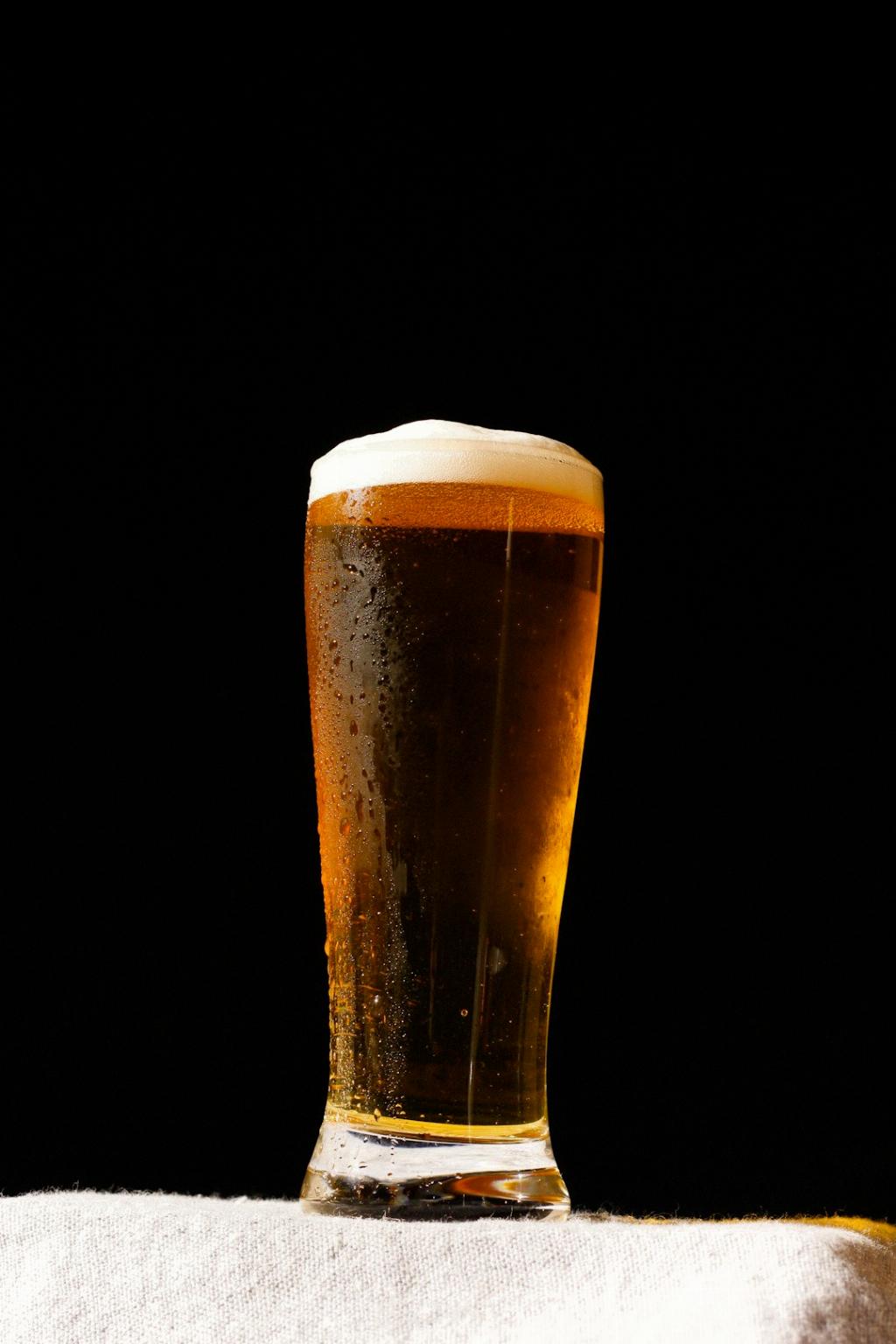When it comes to exploring the diverse world of beer, one aspect that often captures the attention of brewers and enthusiasts alike is the level of bitterness. Two styles that are often associated with a prominent hop presence and a bitter taste are Bitter Ale and IPA. While these beer styles share some similarities, they also have distinctive characteristics that set them apart.
The Importance of Hops
Hops play a crucial role in both Bitter Ale and IPA, contributing to their unique flavors and aromas. However, it is worth noting that IPAs typically have a significantly higher concentration of hops compared to Bitter Ales. This abundance of hops in IPAs is the key factor that sets them apart in terms of bitterness.
Bitterness Perception
Interestingly, bitterness is often subjective and can vary based on individual taste preferences. While IPAs generally have more hops and, therefore, a higher potential for bitterness, one’s perception of bitterness can be influenced by various factors such as palate sensitivity and exposure to different levels of bitterness. It is not uncommon for someone to find an IPA less bitter than a Bitter Ale, even though the former typically has a stronger hop presence.
Bitter Ale: A Balanced Bitterness
Bitter Ales, as the name suggests, are known for their noticeable but balanced bitterness. They often exhibit a range of malt flavors that provide a solid foundation for the hops to shine. Bitter Ales strike a harmonious balance between malt sweetness and hop bitterness, offering a more rounded and approachable drinking experience for those seeking a beer with a moderate bitterness.
IPA: Hops Dominance
On the other hand, IPAs are known for their hop-forward nature. This style showcases a robust hop character that can range from floral and citrusy to piney and resinous. IPAs are brewed with a generous amount of hops added during different stages of the brewing process, resulting in a more pronounced bitterness compared to Bitter Ales. The focus of IPAs is often on delivering a bold and intense hop flavor that delights hop enthusiasts.
Historical Context
Understanding the history of these beer styles can provide further insight into their differences. Bitter Ales have their roots in traditional British brewing, where hops were initially added for their preservative qualities rather than their flavor. These beers were designed to be more balanced and drinkable. In contrast, IPAs emerged during the British colonization of India in the 18th century. To withstand the long journey, brewers created heavily hopped and higher alcohol content beers, known as India Pale Ales, which differed from the more sessionable Bitter Ales popular in Britain.
Additional Variations
While Bitter Ale and IPA are broad beer styles, there are additional variations within each category that can further showcase the diversity of flavors and aromas. For example, within the IPA category, you can find substyles such as New England IPA, West Coast IPA, and Double IPA, each with its own unique hop profile and bitterness level. Similarly, Bitter Ales can have variations like Extra Special Bitter (ESB) and American Amber Ale, each offering its own nuanced balance of malt sweetness and hop bitterness.
Pairing and Enjoyment
Both Bitter Ales and IPAs can be fantastic companions to various dishes. Bitter Ales’ balanced bitterness and malt flavors make them versatile partners for foods ranging from pub classics like fish and chips to grilled meats and flavorful cheeses. On the other hand, the strong hop character of IPAs makes them ideal for pairing with spicy foods, bold and assertive flavors, and even rich, chocolate-based desserts.

Conclusion
In summary, while Bitter Ale and IPA share similarities in terms of a stronger concentration of hops compared to other beer styles, the key difference lies in the intensity of bitterness. Bitter Ales offer a more balanced and moderate bitterness, while IPAs lean towards a more pronounced and hop-dominant bitterness. The perception of bitterness can vary among individuals due to personal preferences and sensitivities. Exploring the breadth of both Bitter Ales and IPAs allows beer enthusiasts to appreciate the vast array of flavors and experiences that the world of hops has to offer.
